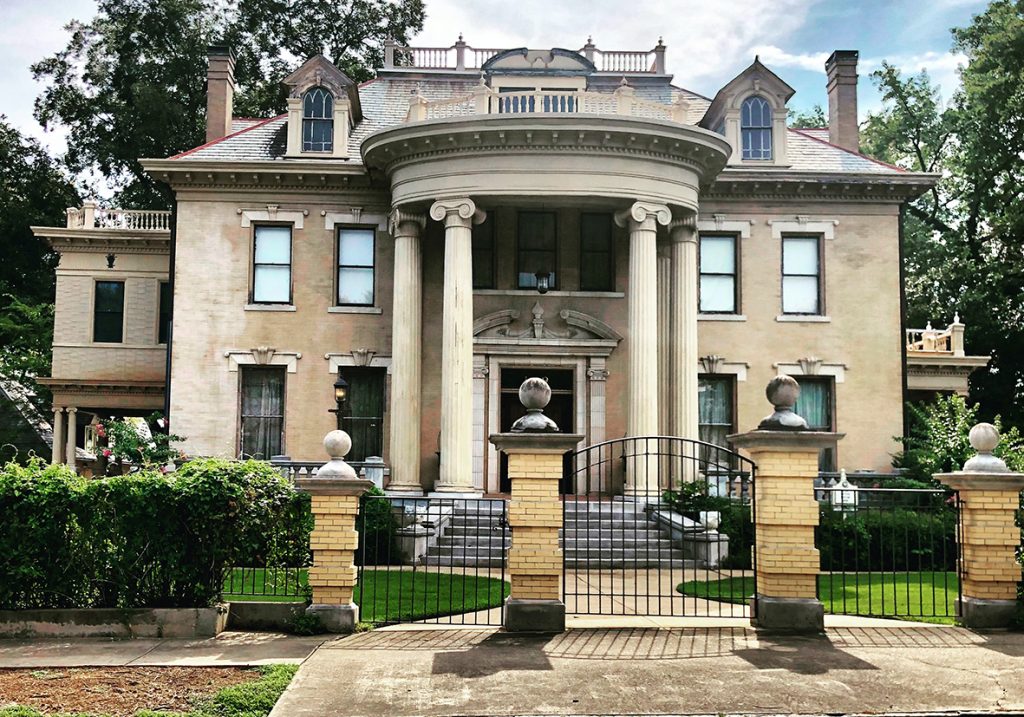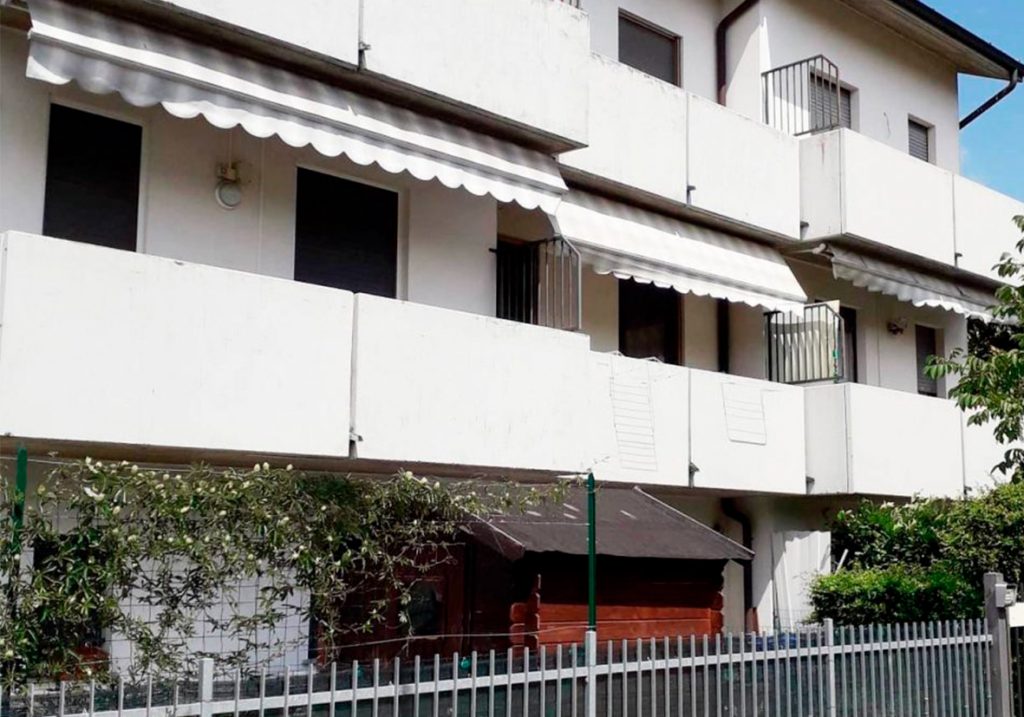Medieval castles and fortresses, known for their robustness, were not only built of massive materials but also included numerous defensive perimeters for protection against enemy threats.
Structure of castles

Picture by Phil Laycock / Bodiam Castle
On the outermost perimeter, for example, it was very common to find a moat, which prevented or made difficult the access by enemies to both themain building and to secondary constructions, such as stables, kitchens and mills. Its purpose was also to prevent the enemy from attacking the towers from below and, at the same time, to keep the besiegers at such a distance that they could be struck with arrows and darts. Among the other external defences there were the city walls, which were the true defensive perimeter, the bridge (fixed or drawbridge) and the gate, which was most vulnerable and was therefore fortified and protected with bolts, bars and various locking systems.
We can there foresee that even before the 1500s it was known that in order to defend citadels it was necessary not to skimp on the quality of materials and security elements.
Security perimeters and dwelling types
Our houses, even though they differ from castles and fortresses, also have their own defence perimeter lines.
Very often we are led to believe that the greater the number of doors separating intruders from our home, the more secure we will be. As we have said on other occasions, however, the perception of security does not always coincide with actual security. Indeed, regardless of the number of “defensive perimeters”, if they are not adequately protected, they will not perform the function they are supposed to.
Location, year of construction and type of dwelling are factors that can influence the number and variety of defence perimeters. Different dwellings will therefore have, in most cases, different “defensive perimeters”:
- a city centre flat, for example, could have a front door to the apartment building and a front door to the flat;

- a villa in the hills or in the countryside is likely to have an initial access with a gate and then a door to the house;

- a building in the suburbs could have a gate, an entrance door to the condominium and a door to the house.

Security and thefts in homes
None of the three options will be more secure a priori if these access points are not adequately defended.
Thefts and robberies pre, during and post lockdown according to ISTAT, and despite the obvious decrease in petty crime during the lockdown phase, thefts will go back up with the re-openings. In the next article we will see how to carry out a home check-up, whatever type it is, in order to achieve the maximum benefit from its defence perimeters and make it as secure as possible.
First picture by WyrdLight.com, CC BY-SA 3.0, via Wikimedia Commons.
